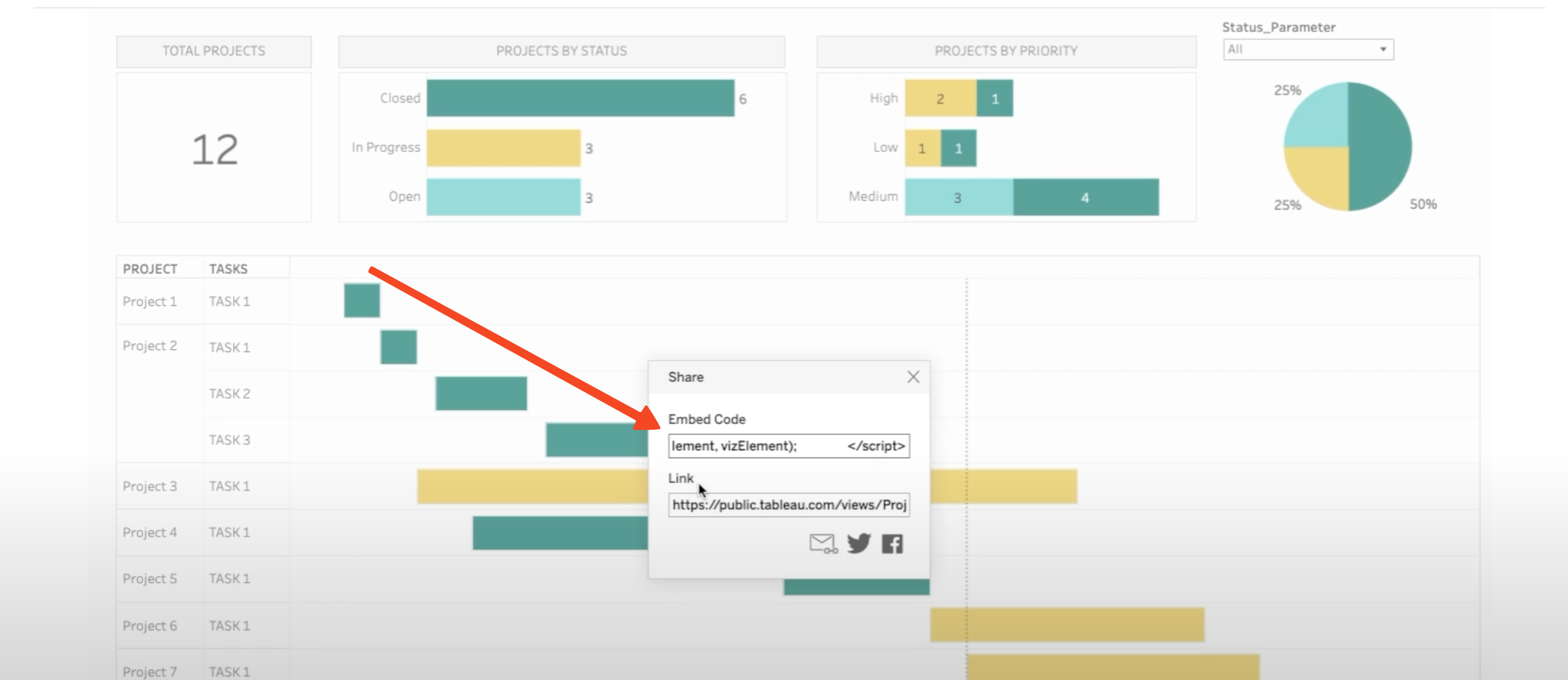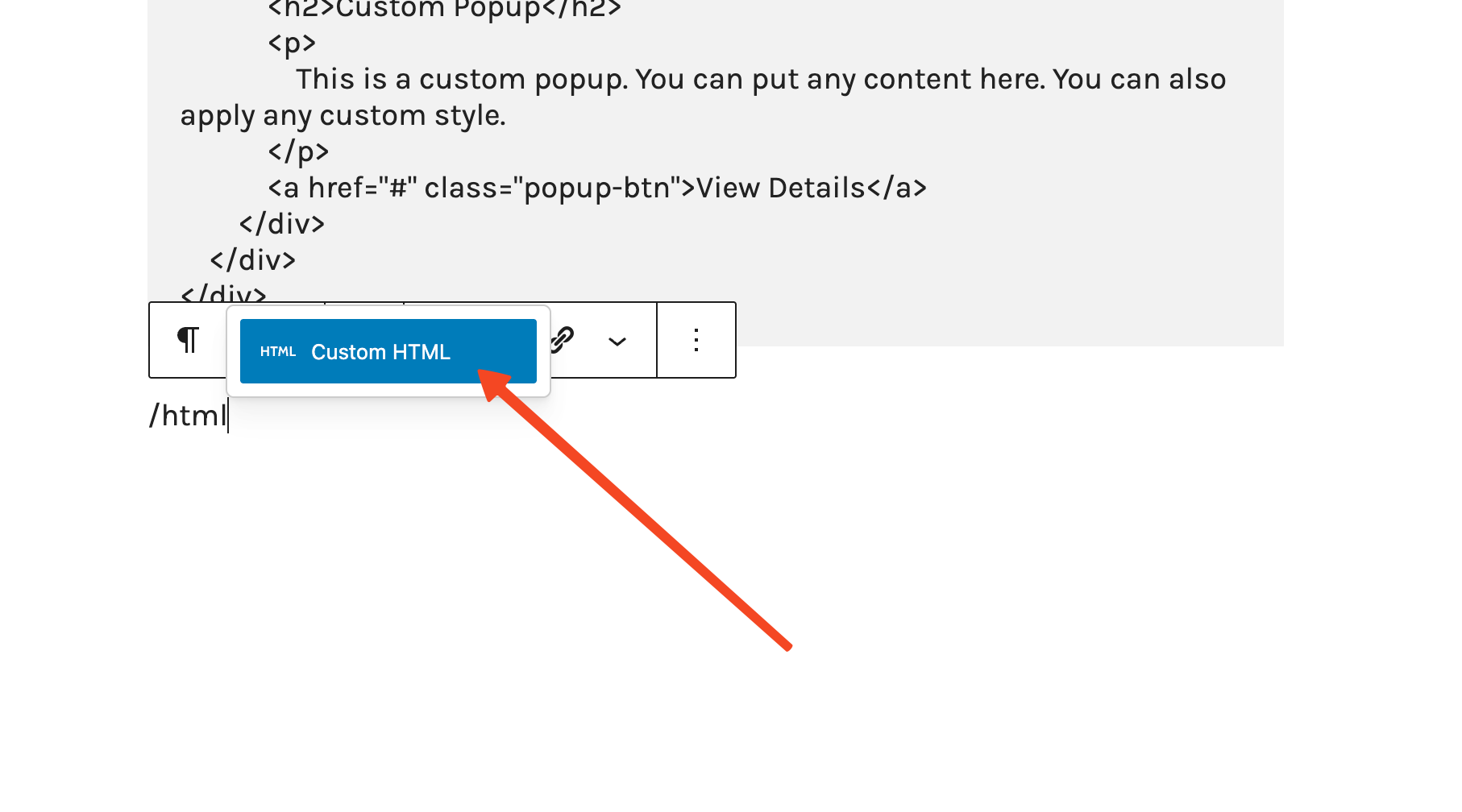Bringing your insightful and visually compelling Tableau dashboards directly onto your website can transform how you share data, engage visitors, and tell data-driven stories. While you might create fantastic reports for internal analysis, embedding them allows a wider audience to interact with your visualizations, from showcasing public data insights to providing clients with interactive project updates.
This comprehensive guide will walk you through everything you need to know to successfully embed Tableau dashboards in your website, regardless of your technical skill level or the website platform you use.
Why Embed Tableau Dashboards on Your Website?
Before diving into the "how," let's quickly cover the "why." Embedding Tableau dashboards offers numerous benefits:
Enhanced User Engagement: Interactive charts and graphs are far more engaging than static images or tables.
Data-Driven Storytelling: Visually present complex data in an understandable and compelling narrative.
Improved Accessibility: Make key metrics and insights readily available to your website visitors, customers, or stakeholders.
Real-Time Updates (Potentially): Depending on your Tableau setup, embedded dashboards can reflect the latest data.
Professionalism: Showcase your organization's data capabilities and transparency.
Centralized Information: Consolidate important data displays directly on your relevant web pages.
Prerequisites: Before You Begin
To ensure a smooth embedding process, make sure you have the following:
A Published Tableau Dashboard: Your dashboard must be published to Tableau Public, Tableau Server, or Tableau Cloud.
- Tableau Public: Free, for publicly shareable data.
- Tableau Server: Self-hosted, for internal or controlled external sharing.
- Tableau Cloud (formerly Tableau Online): Tableau-hosted, for controlled sharing.
Tableau Public: Free, for publicly shareable data.
Tableau Server: Self-hosted, for internal or controlled external sharing.
Tableau Cloud (formerly Tableau Online): Tableau-hosted, for controlled sharing.
Access to Your Website's Backend: You'll need to be able to edit the HTML of the page where you want to embed the dashboard. This could be through a CMS like WordPress, a platform like Shopify, or direct HTML editing.
Correct Share Permissions: Ensure the dashboard's permissions are set to allow viewing by the intended audience (e.g., public for Tableau Public, or specific users/groups if using Server/Cloud with authentication).
Embed Tableau Dashboard in Website using Code
Step 1: Locate the 'Share' Feature in Your Tableau Dashboard
First off, you'll need to open the specific Tableau dashboard that you're looking to feature on your website.

Once it's loaded, cast your eyes towards the top right corner of the Tableau interface. You should find a button, usually labeled 'Share'.
Step 2: Copy the Provided Embed Code
After clicking that 'Share' button, Tableau will present you with a few options. What you're hunting for is a selection that says something like 'Copy Embed Code' or simply 'Embed Code'.

This code is a snippet of HTML that tells web browsers how to display your interactive dashboard. Think of it as the key that unlocks your dashboard for any webpage.
Step 3: Paste the Embed Code into Your Website's Admin Area
Now, you'll need to switch over to your website's backend or admin panel. This could be WordPress, Shopify, Squarespace, or any other platform you use to manage your site content. Navigate to the specific page and the exact spot where you want this Tableau dashboard to appear.

You'll typically need to find an option to add 'Custom HTML', a 'Code Block', or switch to a text/HTML editor view to paste the embed code you copied from Tableau.
We've made embedding Poper elements super simple, and this process for Tableau shares a similar spirit.
Step 4: Publish Your Changes and Test the Display
Once you've pasted the embed code into your webpage, make sure to save your changes. Then, go ahead and publish the page, or update it if it's already live. The final, and very crucial, step is to open that webpage in your browser to see how it looks.
I always recommend checking it on a couple of different browsers and maybe even on your phone, just to ensure your Tableau dashboard is displaying correctly and is user-friendly for all your visitors.
This way, you make sure everyone gets to see your data in its best light!
Customizing Your Embedded Tableau Dashboard
Tableau's embed code often includes parameters you can tweak to control the appearance and behavior of the embedded view. These are typically found as <param name='parameter_name' value='value_to_set' /> within an <object> tag, or as URL parameters if using a simple iframe.
Common parameters include:
toolbar: yes, no, top. Controls the visibility of the Tableau toolbar (Undo, Redo, Revert, Share, Download).
tabs: yes, no. Shows or hides worksheet tabs if your workbook has multiple.
width: Pixel value (e.g., 800) or percentage (100%).
height: Pixel value (e.g., 600).
filter: Category=Technology (Example: &Category=Technology if added to the URL in an iframe). This allows you to pre-filter the dashboard view. You can pass multiple filters.
:embed: y or yes. Often added to the URL to optimize for embedding.
:showShareOptions: true or false.
:display_count: yes or no. Shows "View count".
:showVizHome: no. Hides the "More by this author" link.
Embedding on Specific Platforms: Quick Tips
WordPress: The Custom HTML block in Gutenberg is the cleanest way. For themes or page builders, find their respective HTML/code modules.
Shopify: For product descriptions or pages, the rich text editor's HTML view (<>) works. For theme-wide embeds, you might need to edit Liquid files or use Custom HTML sections in the theme editor.
Squarespace: The Code Block is designed for this. Ensure you're not using it in an Ajax-loading context if it causes issues (though generally fine).
Static HTML/Other CMS: Find the area where you can insert raw HTML.
Best Practices for Embedding Tableau Dashboards
Optimize for Performance:
- Keep your Tableau dashboards as lean as possible. Complex calculations and large datasets can slow down loading.
- Consider using extracts instead of live connections if real-time data isn't critical.
- Use Tableau's performance recording feature to identify bottlenecks.
Keep your Tableau dashboards as lean as possible. Complex calculations and large datasets can slow down loading.
Consider using extracts instead of live connections if real-time data isn't critical.
Use Tableau's performance recording feature to identify bottlenecks.
Ensure Responsiveness: Test thoroughly on mobile devices. Use percentage-based widths (width="100%") and adjust heights or use Tableau's device-specific layouts if needed.
User Experience (UX):
- Don't overwhelm users. Embed dashboards that are relevant to the page content.
- If interactivity is key, ensure it's intuitive.
- Provide context or a brief explanation of the dashboard if necessary.
Don't overwhelm users. Embed dashboards that are relevant to the page content.
If interactivity is key, ensure it's intuitive.
Provide context or a brief explanation of the dashboard if necessary.
Security and Permissions (Tableau Server/Cloud):
- Double-check sharing permissions on Tableau Server/Cloud. If your website is public but the dashboard requires login, users will see a login prompt.
- Consider trusted authentication or connected apps for seamless single sign-on experiences if embedding for authenticated internal users.
Double-check sharing permissions on Tableau Server/Cloud. If your website is public but the dashboard requires login, users will see a login prompt.
Consider trusted authentication or connected apps for seamless single sign-on experiences if embedding for authenticated internal users.
Accessibility: While Tableau strives for accessibility, consider adding descriptive text around your embedded dashboard for screen reader users.
Troubleshooting Common Embedding Issues
Dashboard Not Appearing / Blank Space:
- Incorrect Embed Code: Double-check you copied the entire code.
- HTML Stripping: Your CMS might be stripping out parts of the code (especially <script> tags). Ensure you're using a proper HTML block or code editor.
- JavaScript Errors: Check your browser's developer console (usually F12) for JavaScript errors that might prevent the dashboard from rendering.
- Permissions: For Server/Cloud, ensure the dashboard is shared correctly.
Incorrect Embed Code: Double-check you copied the entire code.
HTML Stripping: Your CMS might be stripping out parts of the code (especially <script> tags). Ensure you're using a proper HTML block or code editor.
JavaScript Errors: Check your browser's developer console (usually F12) for JavaScript errors that might prevent the dashboard from rendering.
Permissions: For Server/Cloud, ensure the dashboard is shared correctly.
Login Prompt (Tableau Server/Cloud):
- This is expected if the dashboard isn't shared publicly or with guest access, and the user isn't already logged into Tableau Server/Cloud. Investigate trusted authentication for a better UX if appropriate.
This is expected if the dashboard isn't shared publicly or with guest access, and the user isn't already logged into Tableau Server/Cloud. Investigate trusted authentication for a better UX if appropriate.
Sizing Issues:
- Explicitly set width and height in the embed code or iframe.
- Check for conflicting CSS on your website that might be overriding Tableau's styles.
Explicitly set width and height in the embed code or iframe.
Check for conflicting CSS on your website that might be overriding Tableau's styles.
"Content Security Policy" (CSP) Errors: If your website has a strict CSP, you might need to whitelist *.tableau.com (or your Tableau Server domain) in your CSP headers.
Advanced Embedding: Tableau JavaScript API
For deeper integration and dynamic control, Tableau offers a JavaScript API. This allows you to:
Dynamically load and switch dashboards.
Respond to user interactions on your webpage to filter the Tableau viz.
Export data or images from the dashboard programmatically.
Listen to events within the Tableau viz (like mark selection).
Using the JavaScript API requires more technical expertise but offers powerful customization possibilities. Refer to the official Tableau JavaScript API documentation for details.
Conclusion: Elevate Your Website with Data
Embedding Tableau dashboards in your website is a powerful way to share insights, engage your audience, and make data a central part of your online presence. By following these steps, understanding customization options, and adhering to best practices, you can seamlessly integrate stunning and interactive visualizations into your web pages.
Start exploring the "Share" options on your Tableau dashboards today and bring your data to life for everyone to see!
Frequently Asked Questions (FAQ)
Can I embed a Tableau Public dashboard for free?
Yes, Tableau Public is designed for sharing dashboards publicly, and embedding them is free. Remember that any data on Tableau Public is accessible to everyone.
How do I make my embedded Tableau dashboard responsive?
Often, setting the width parameter to 100% in the embed code helps. You might need to adjust the height or use Tableau's device layout features for optimal display on all screen sizes. Some embed codes are inherently more responsive. Test thoroughly.
My embedded Tableau dashboard is asking for a login. Why?
This usually happens with dashboards from Tableau Server or Tableau Cloud that are not configured for public/guest access. The viewer needs to have the appropriate permissions and may need to log in to your Tableau instance.
Can I filter an embedded Tableau dashboard using URL parameters?
Yes, for many Tableau views, you can append filter parameters to the URL in the iframe src or configure them within the JavaScript API. The format is typically &FieldName=FieldValue.
Is it possible to embed a specific sheet from a Tableau workbook, not the entire dashboard?
Yes. When you get the embed code, Tableau usually provides it for the specific view (sheet or dashboard) you are currently looking at. If your embed code points to a workbook with multiple tabs, you can often use parameters to specify the default view or hide tabs.


